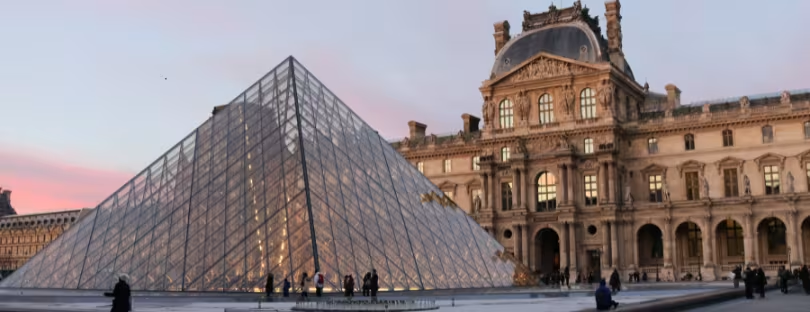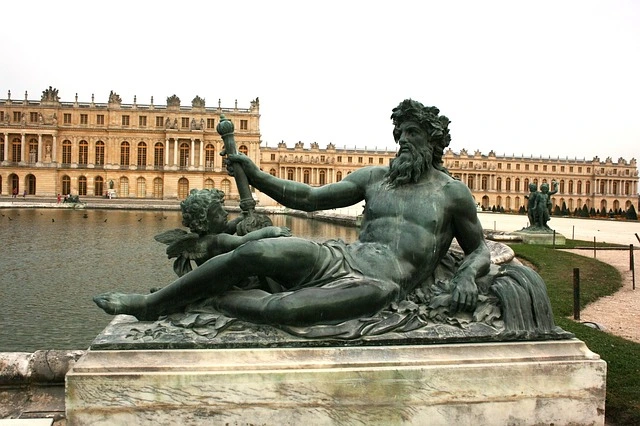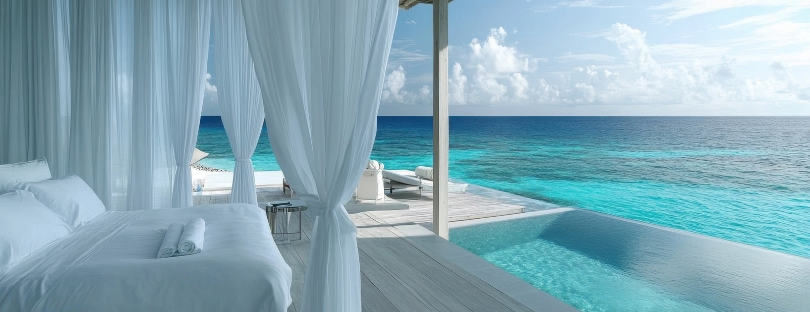
Non‑EU Visitors to Pay €30 to Visit the Louvre and Versailles in 2026
Starting in 2026, travelers from outside the European Union hoping to experience France’s most iconic cultural treasures—such as the Louvre Museum and the Palace of Versailles—will face a new financial hurdle. The French government has announced that non-EU visitors will be charged €30 (approximately $35) to enter some of the country’s most visited heritage sites, while EU citizens will continue to pay a lower standard fee of €22. This change marks a significant shift in how France approaches tourism funding, and it reflects broader efforts to maintain its cultural landmarks amid growing economic pressures. Louvre and Versailles ticket price 2026
The Louvre and Versailles are among the most frequented attractions not only in France but in the entire world, drawing millions of international visitors each year. At Versailles alone, non-EU travelers make up 42% of its 8 million annual guests, underscoring just how crucial international tourism is to the sustainability—and strain—of these sites. Yet while tourism is booming, state funding for cultural institutions is shrinking. With over €150 million in budget cuts to the French Ministry of Culture and mounting restoration needs (the Louvre, for instance, faces a staggering €400 million renovation bill), French authorities say the time has come for a new approach—one where those outside Europe contribute more to the upkeep of the cultural riches they come to admire.
This move is likely to ignite global debate. Some see it as a pragmatic, fair solution aligned with international standards; others criticize it as a discriminatory policy that may discourage cultural access. But one thing is clear: for many tourists visiting France in the coming years, the price of admission is about to change.
 What’s changing?
What’s changing?
- Today, both EU and non-EU visitors typically pay the same admission fee (e.g., €22 at the Louvre).
- Under a new “differentiated pricing model,” non-EU visitors will be charged €30, while EU citizens will continue paying the base rate of €22.
- The move aims to balance cultural access for EU nationals while increasing revenue from international tourism.
Who will this affect?
- The Louvre Museum attracts over 8 million visitors annually, many of them from outside Europe.
- The Château de Versailles, where non-EU tourists already account for 42% of the site’s 8 million annual visitors.
- Château de Chambord, also expected to adopt the pricing, sees about 10% of its 1.1 million yearly entries from non-EU nationals.
More sites are expected to follow suit in 2027, including the Arc de Triomphe, Opéra Garnier, and the Conciergerie.
Why is France doing this?
- The French Ministry of Culture faces budget cuts exceeding €150 million.
- The Louvre alone has estimated renovation needs of over €400 million, including major plans to relocate the Mona Lisa to a dedicated gallery.
- The surcharge for non-EU visitors could generate up to €20 million in annual revenue for the Louvre and similar sites.
Fair or discriminatory?
The policy has sparked a mix of reactions:
- Supporters say the pricing aligns with international norms. U.S. museums often charge ~$30 for general admission.
- Critics argue the fees may disproportionately affect visitors from lower-income countries—and question whether it’s fair to charge extra to view artifacts with colonial origins.
French officials defend the policy by citing EU law, which prohibits discrimination among EU citizens but does allow different pricing for non-EU nationals.
What it means for travelers
| Visitor Type | Entry Fee (2026) | Notes |
|---|---|---|
| EU citizens | €22 | The standard rate remains unchanged |
| Non‑EU citizens | €30 | Applies to all, incl. U.K., U.S., etc. |
If you’re planning to visit France in 2026, expect to pay more for cultural highlights like the Louvre, Versailles, and Chambord—unless you’re an EU resident. Louvre and Versailles ticket price 2026





 What’s changing?
What’s changing?



